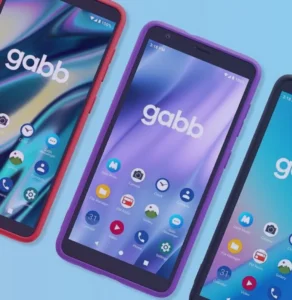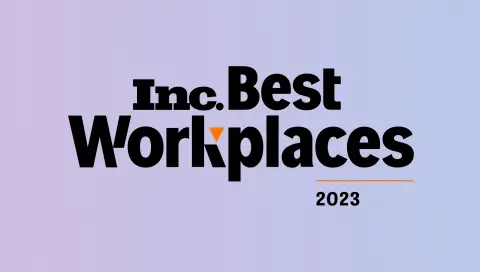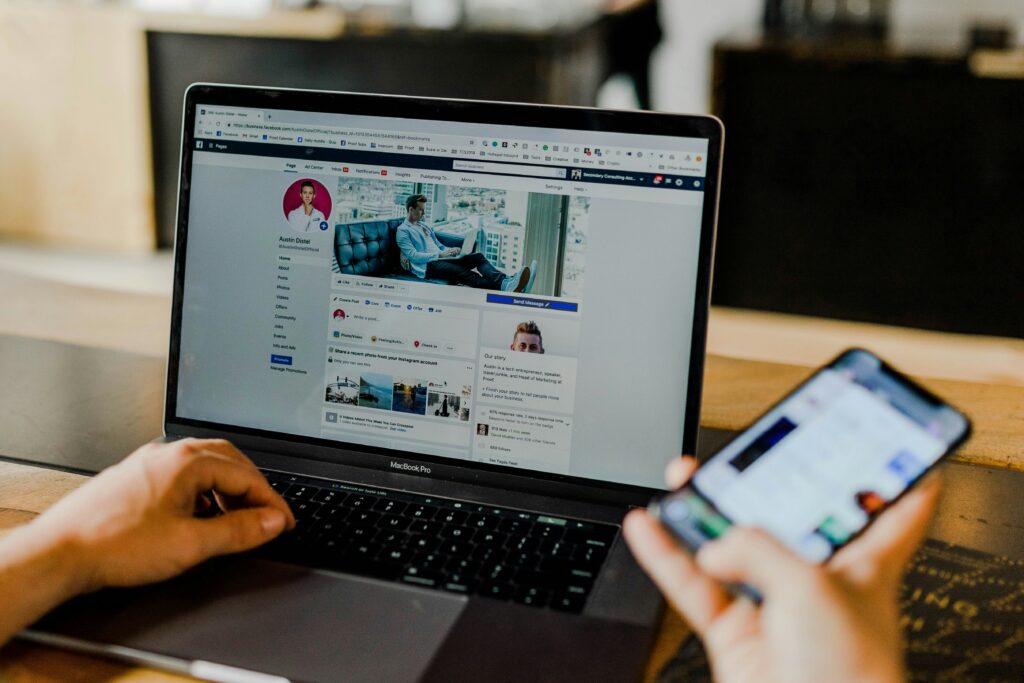Photo by Austin Distel on Unsplash
Welcome back to CHANNELS, the series where we deep-dive into the most prominent programmatic advertising strategies in the market today to help you determine if they are right for your business.
Last time, we covered Programmatic Homepage Takeovers. If you missed it, catch up here.
This week, we’re discussing Native Display Ads. Read on to discover the top 5 benefits of programmatic display advertising!
Introduction
Programmatic native display ads bring the targeting options of programmatic to the trusted editorial feel of native content, delivering high-performance display ads that pack a punch.
Native display ads are a great opportunity to deliver real value to users by finding people who are interested in your brand, and increasing brand awareness and perception through quality content.
Take a look at these stats that Sharethrough found in a study:
- Consumers viewed native ads 52% more than regular banner ads.
- Native advertising generates 85-93% more clicks than banner ads.
- Purchase intent is 53% higher for native ads.
What is native advertising?
“Native” is a term used to describe advertising that mirrors the appearance, tone, and voice of the site or platform that it runs on. The only differentiating element between editorial content and a native advertisement is the required “sponsored” or “ad” label above or below the ad post, search result, or article.
Because it typically directs to content pages, native is effective in the education stage, helping guide the consumer to the consideration phase of the purchase funnel.
Native is most effective when running on a site that has similar content to the advertisement; think of the best use for a native ad as providing a “You Might Be Interested In” option to the viewer.
For example, if you are an athleisure brand that sells yoga workout sets, your ads might do well when run on a fitness site that gives people workout ideas. With that context fresh in their mind, they are primed to be thinking about the entire workout experience—including what they wear.
What is programmatic advertising?
Programmatic advertising is an umbrella term that refers to a few different methods of software-enabled buying that use powerful platforms to buy and sell inventory rather than setting up an IO manually with a specific company or website.
One of the main buying methods is called Real-Time Bidding (RTB), which is an auction that occurs through Demand-Side Platforms (DSPs) whenever a user loads a webpage.
DPSs allow advertisers to serve their ads to the best pair of eyes at the best price point using billions of data points including demographic, contextual, behavioral, and more. Publishers use Supply-Side Platforms (SSPs) to sell their inventory space, which “talk” to the DSPs to make the sale.
However, these platforms have been created at (generally) a huge expense to developers, so they often require a minimum spend that only the largest corporations can fit into their budgets.
At Version2, we wanted to come up with a solution to provide usage of these powerful technologies to businesses of all sizes. We help companies utilize the power of Real-Time Bidding (RTB) Programmatic by connecting smaller and mid-size businesses with Demand-Side Platforms at no minimum spend, so they can increase their reach and ROAS across the open internet.
Native Display is just one of the many channels that we support.
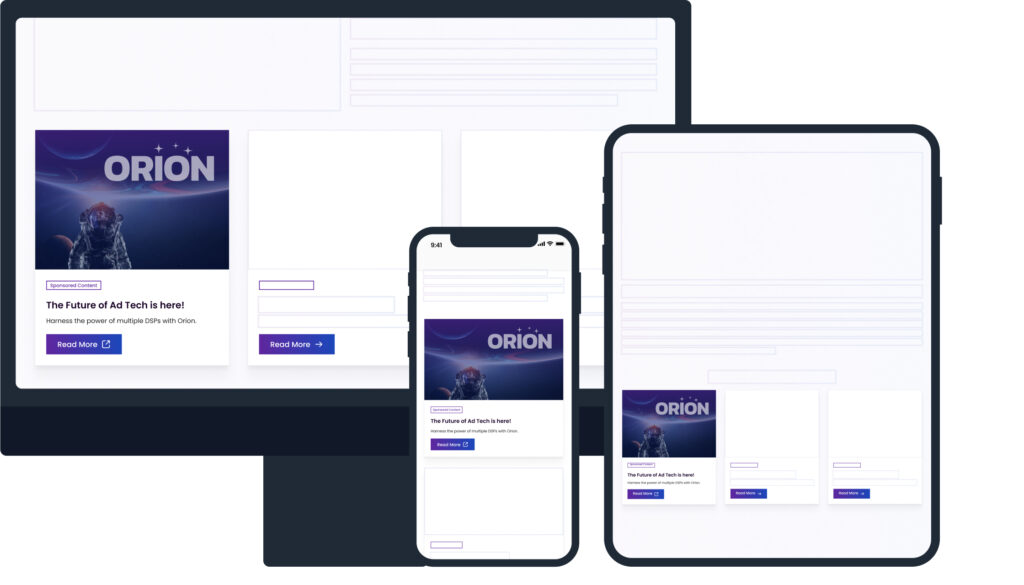
What are the benefits of programmatic native display?
Native display ads tend to perform well because they have the capability to mirror the look and feel the design of the site, which increases trust by being associated with an existing trusted source.
Buying programmatically can make those native display ads even more relevant by providing increased targeting options, optimization throughout the campaign, and real-time analytics.
Trusted by users
One study found that native ads are viewed about as much as editorial content. This means that you have a great opportunity to serve related content to an audience that will resonate with your offerings, which is called Contextual Advertising.
Better performance data and analytics
Programmatic native ads are run through DSPs, which have dashboards where they display up-to-date campaign analytics and oftentimes use AI insights to suggest places where users can optimize their spend during the campaign.
Post-campaign, DSPs provide detailed audience metrics and reporting, showing where there can be improvement or other areas of development.
In-depth targeting options
Another benefit of using a DSP is that you aren’t limited to serving native display ads to your first-party audience; you can also tap into a winder audience using DSP targeting options. Contextual targeting means that you can serve ads to people who are are not on your mailing list, but are interested in similar things as your business.
For example, if you are a cookware provider, your ads may perform well on a food blog.
Good user experience
Some ads, like popups, can interrupt the browsing experience and give users a poor impression of your brand. Native display ads are user-friendly because they blend in with the content of the site and do not interrupt the browsing experience.
Ad-block friendly
Not all ad blockers target native display ads, making them more resistant to being blocked.
Device-responsive
Native ads fit the website size and style they are run in, so they appear exactly the same as regular content on the page. If your site is responsive, the ads will be as well. Having a cohesive brand appearance can increase your brand’s perception.
How do I measure the success of my native display ads?
DSPs provide literally hundreds of ways to measure your campaign, but here are the main ones that you would use during a campaign:
- Impressions: How many total times the was ad served (including to the same person multiple times)
- Reach: The number of unique viewers reached
- Click-Through Rate: How many times the ad was clicked, measured in percentages
- Cost Per Thousand (CPM): How much was paid per 1,000 impressions
- Return on Ad Spend (ROAS): How much was spent on the campaign versus the revenue generated. The formula is measured in percentage and is as follows: ROAS = (Revenue from advertising / Cost of advertising) × 100
- Conversions: How many people completed the intended action of this campaign, like clicking on your webpage, making a purchase, or visiting your store
- Cost Per Acquisition (CPA): The total revenue generated divided by number of conversions, helps you understand how much was spent gaining new customers
What are the types of native display ads?
In-feed
These ads appear in the publisher’s content feed, with a very small “Sponsored” tag underneath.
Search
These ads appear at the top of a search engine, usually above native results, that contain similar results to what the user searched for.
Recommendations
These ads appear as recommended articles at the end of a native article.
In-app native
These ads are designed to match the look and feel of the social media or news apps they appear in.
How do I buy programmatic native display ads?
As we’ve discussed throughout this article, native display ads can be purchased by a Demand-Side Platform, including The Trade Desk, Amazon Ads DSP, Google’s DV360, Zeta, Basis, or Quantcast. These are some of the top industry DSPs, and they all have unique strengths.
However, these DSPs often charge a high minimum spend that can be inaccessible, and if you use just one tool, you don’t get to take advantage of each DSP’s strengths.
Through Version2’s ORION
To tackle this problem, we created ORION, the all-in-one platform that lets you access the top market leading DSPs with no minimum spend. Our platform lets you create and run campaigns across multiple DSPs, while providing unified analytics, optimization throughout the campaign, and always-on support (including creative consulting).
Run your native display ads the smarter way, using the powerful technologies that we believe should be available to businesses of all sizes. Want to see unprecedented results across the open internet? Schedule a demo with our sales team to see what’s possible.
